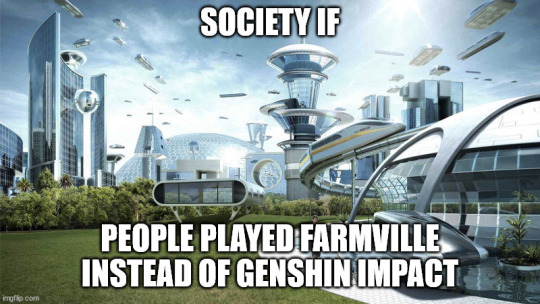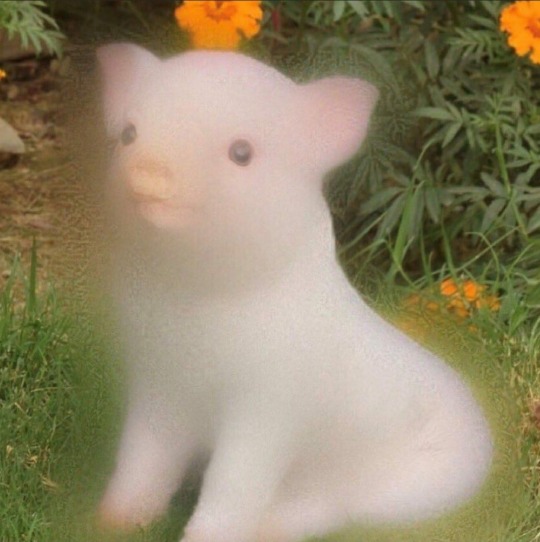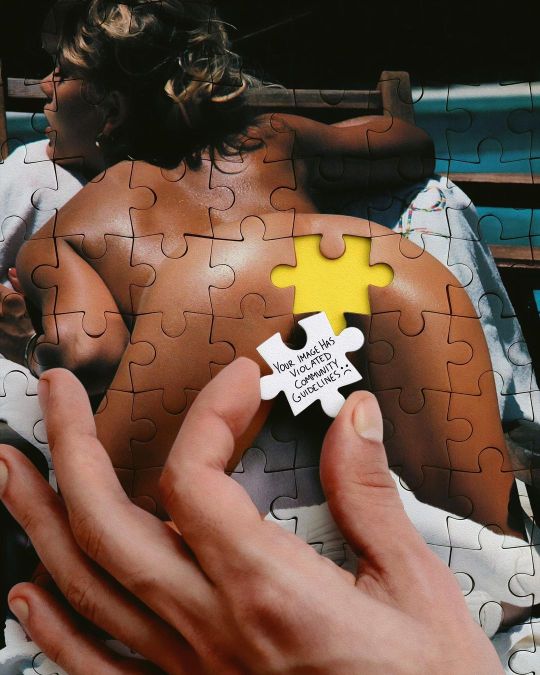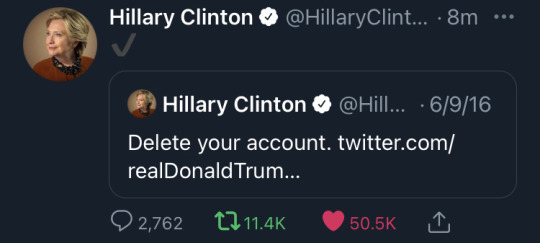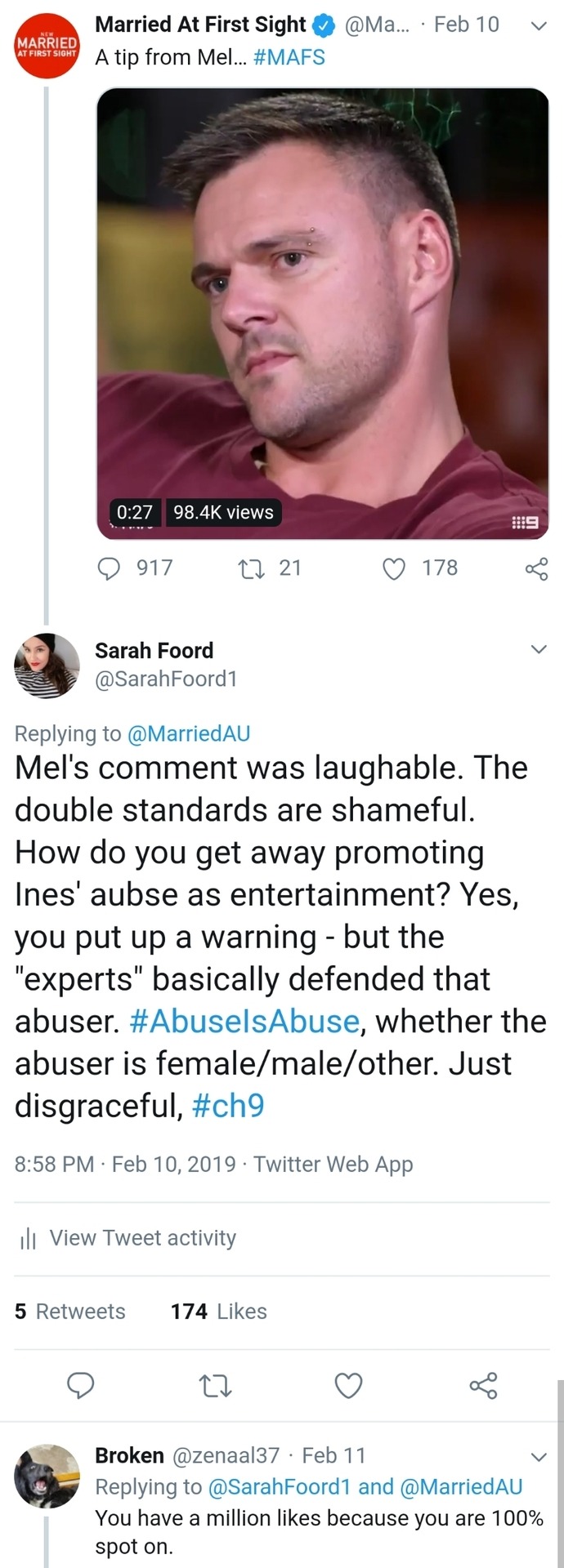Text
Gaming Communities, Social Gaming and Live streaming
Week 10
Throughout recent history there has been a constant evolution of video game culture, particularly regarding the social side of it. In the early days of gaming, such as through arcade games, multiple gamers had to be both physically present to play against or with each other. Today this has transformed to digital connections through online devices, that have allowed people to connect to new and pre-existing players within video gaming worlds.
Social gaming has become increasingly popularised over recent years, allowing people to “encounter people from outside their own social worlds, and construct networks and online lives in concert with these systems” (Taylor 2018, p.11). One of the first ‘social’ games was Farmville, provided through the social media platform Facebook. In its prime it accumulated 85 million players, with 32 million active users a day (Victor 2021), which was more than the users on Twitter itself in 2009. Unlike other games, Farmville appealed to a much broader audience of adults and women, more so than those of typical gaming communities such as stereotypically young men who dominantly play games on consoles like Xbox and PlayStation (Victor 2021). Players could engage with already existing ‘friends’ on their Facebook accounts through sending requests to help them will their ‘farm’, leading to saturated news feeds and an abundance of notifications to fellow users. This was arguably less social than other multiplayer online games today as it was more about the mechanics of clicking buttons than interacting with users through conversation or gameplay (Victor, 2021).

Apart from ‘social’ type games like Farmville linked with social media platforms, there are also ‘massively multiplayer online role-playing games’ also known as MMORPG. One of the most well-known MMORPG’s is World of Warcraft, that was released in 2004 by Blizzard Entertainment. This game builds a sense of community and online relationships through user's completing quests and adventures together (Anothy & Gui 2018). In addition to gameplay there are many in-depth online forums where people can roleplay as their characters (Anothy & Gui 2018), emphasising the vast community video games have, even outside of the gameplay itself.
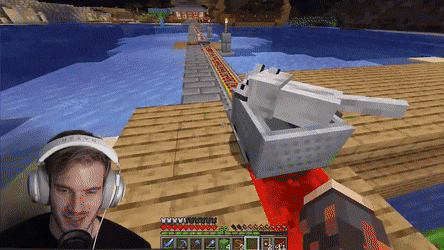
Furthermore, other ways people engage with video games online is through live streaming, for example through platforms like Twitch. On Twitch, anyone can live stream themselves playing different video games, and are even able to watch, comment and send donations to other people’s live streams. These types of videos include competitions where professional esports players can play against each other, as well as offering general entertainment for viewers, which is a source of income for many gaming influencers. These videos are often filmed within the confines of their homes and bedrooms, presenting how gaming has evolved from a private to public form.
References
Anthony, D & Gui, F 2018, ‘Virtual Sense of Community in a World of Warcraft® Storytelling Open Forum Thread’, Virtual Worlds Research, vol. 11, no. 2.
Taylor, TL 2018, Watch Me Play: Twitch and the Rise of Game Live Streaming, Princeton University Press, pp.1-23
Victor, D 2021, ‘Farmville Once Took Over Facebook. Now Everything Is Farmville.’ The New York Times, 1 January.
0 notes
Text
Digital citizenship and software literacy: Instagram Filters
Week 9
Instagram filters began by altering images in minor ways, including adding borders and colour modifications to images, for example turning them black and white. Today this has developed into a plethora of Instagram ‘story’ filters and photoshopping apps, that can physically change an individual's body and face, with the purpose of removing unwanted content and impurities (Rettberg, J.W 2014, p. 21).
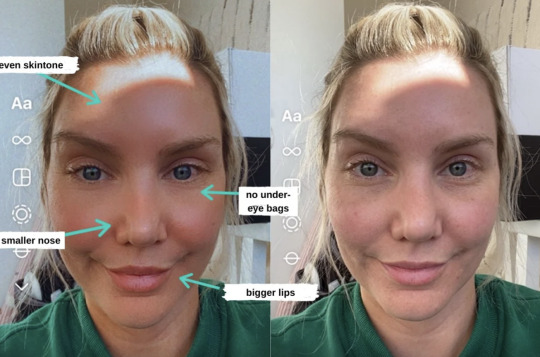
This beauty technology, in particular “plastic surgery” type filters, tend to appeal to Eurocentric ideals; clear skin, high cheekbones, a small nose and big lips, which has been fortified by many micro influencers and celebrities though their promotion of these filters, digital editing and even surgical procedures on their Instagram's. Even the more “fun” type filters on Instagram, for example those that digitally add animal ears, tend to additionally put on makeup on users, slim their noses and smooth their skin. Collectively these filters have created false and distorted societal expectations of women’s body's that are clearly unattainable naturally (Coy-Dibley, I 2016, p. 5). Not only has this limited the ways people authentically and aesthetically present themselves online, but it has also encouraged these homogenous ideals of feminine beauty that is manufactured for our male and Western dominated society (Coy-Dibley, I 2016, p. 4), further causing negative consequences, from mental health to self-esteem issues particularly in women. In some cases, users have become so affected and fixated by these filters that they have sought plastic surgery to achieve these artificial appearances (Barker, J 2020, p. 216).

Besides the majority of Instagram's influencers using these filters, brands also similarly use these, but to increase the appeal of their products. In James Welsh’s video (https://www.youtube.com/watch?v=GcMxIkw6ZWk&t=1s), he brings to light specific brands that have used digital altering applications to deceive users of the supposed effects of their products. One example is Charlotte Tilbury, a makeup brand, that posted a video of someone putting their foundation onto a model. This video included a blurring effect on the model’s face to make the foundation seem as though it creates an appearance of clear, smooth and poreless skin. Further demonstrating the negative and false perceptions filters create.
The ability to self-modify the undesirable aspects of oneself through digital spaces like Instagram filters (Coy-Dibley, I 2016, p. 2) has reinforced society’s harmful beauty ideals.
References
Barker, J 2020, 'Making-up on mobile: The pretty filters and ugly implications of Snapchat'. 'Making-up on mobile: The pretty filters and ugly implications of Snapchat'.Fashion, Style & Popular Culture, vol.7, pp. 207-217
Coy-Dibley, I 2016, ‘“Digitised Dysmorphia” of the Female Body: The Re/Disfigurement of the Image’ Palgrave Communications, pp. 1-9.
Rettberg J.W. (2014) Seeing Ourselves Through Technology: How We Use Selfies, Blogs and Wearable Devices to See and Shape Ourselves: Filtered Reality, Palgrave Macmillan, London.
James Welsh 2022, Instagram VS Reality – Exposing Brand & Influencer LIES, Filters & Photoshop Fails!, 23 January, viewed 2 May 2022 <https://www.youtube.com/watch?v=GcMxIkw6ZWk&t=1s>.
0 notes
Text
Digital citizenship and health education: body modification on visual social media
Week 8
Many female social media influencers and celebrities on Instagram, promote unrealistic beauty standards, through the cosmetic surgery's they have undergone. These procedural appearances focus on further feminising women, through extenuating body parts like their lips, breasts and bums. Creating a “mannequin-like” appearance shared by many influencers. This has today become normalised and thus a motivator for everyday citizens to seek these procedures. For example, the ‘American Academy of Facial Plastic and Reconstructive Surgery’ found that in 2017, 42% of aesthetic surgery patients wanted to improve their appearance for social media sites like Instagram and Snapchat (Dorfman, R & Vaca, E & Mahmood, E & Fine, N & Schierle 2018, p.332).
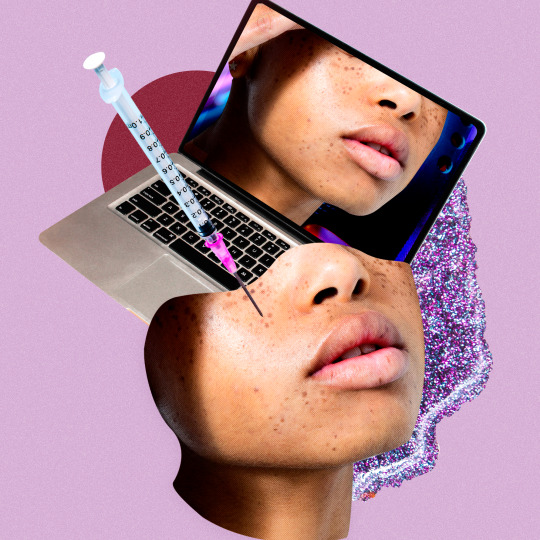
In addition to these physical alterations, pornified and sexualised self-imagery by these users, has become a marketing technique to promote themselves, products and surgery. By presenting a sexualised self, through poses and highlighting certain body parts this helps gain attention by fellow users and therefore leads to a higher following, advertising potential and thus money. In terms of advertising, microcelebrities that are affiliated with certain brands will help gain the attention of brands and their products through sexualised labour (Drenten & Gurrieri & Tyler 2018). This includes, posing with products in certain sexually suggestive ways, that lures the eyes of viewers towards sexualised body parts e.g., Lips and breasts (Drenten & Gurrieri & Tyler 2018).

The cosmetic surgeons and presentation of surgery on social media, has led to harmful effects on individuals body image and thus dangerous cosmetic procedures. Particularly within social media, many professionals such otolaryngologists and dermatologists, market plastic surgery procedures more so than board-certified plastic surgeons (Dorfman & Vaca & Mahmood & Fine & Schierle 2018). They arguably act more as a self-promotional account, used to gain social media success rather than educating the public and potential patients of the risks and benefits of these procedures. Through these social media successes, it has caused many unsafe practises and therefore significant injuries and death due to their lack of training, which isn’t informed on by on their accounts (Dorfman & Vaca & Mahmood & Fine & Schierle 2018).
References
Drenten, J & Gurrieri, L & Tyler, M 2018, ‘Sexualized labour in digital culture: Instagram influencers, porn chic and the monetization of attention’, Gender, Work and Organization, vol. 27, no. 1, pp. 41-66.
Dorfman, R & Vaca, E & Mahmood, E & Fine, N & Schierle, C 2018, ‘Plastic Surgery-Related Hashtag Utilization on Instagram: Implications for Education and Marketing’, Aesthetic Surgery Journal, vol. 38, no. 3, pp 332–338.
0 notes
Text
Digital citizenship and Conflict: Social Media Governance
Week 7
Within the digital world, there is a constant flow of informative and positive content created by users that is engaged by digital citizens. This unfortunately comes with just as much online harassment, due to the internet and its user’s capabilities to post anything that may be harmful and anonymously, which in most cases faces no real-life consequences.
Online harassment includes a plethora of discriminatory acts, such as comments and posts attacking anything, from an individual's gender, race, disability, etc. In terms of gender, various misogynistic online behaviours are directed to many female users to the point where it has become normalised. These attacks are especially directed towards queer women and women of colour, effecting the way they express themselves online. (Marwick, Caplan 2018, p.545). For example, women are harassed through doxing, revenge porn, rape threats and overall sexist speech (Marwick, Caplan 2018, p.544-545). Online harassment also includes, ‘gaslighting’, a manipulation tactic to confuse a person’s sense of self to gain control and power, which has also been a way to dismiss online campaigns including the #metoo movement (Gleeson 2018).

In order to lessen online harassment, social media governance is needed to be taken into action. Each social media platform has an individualised governance, that tends to similarly adapts as co-moderation system, that allow users to flag (report) and block inappropriate content, comments and users, which is then reviewed by the site. It can even be at a micro-level, for example with Facebook users moderating personally created Facebook groups/ communities.
These social media moderation systems are often unstable and not necessarily effective. In terms of flagging, it is often unfair, with numerous appropriate posts according to guidelines being deleted. For example, a queer woman named Alex posted two women wearing lingerie and briefs kissing for her business which was later reported and thus deleted. She thought this was unfair as it followed Instagram’s Terms of service and her models were wearing more clothing than other women on the site (Duguay & Burgess & Suzor 2020, p.4). Despite this, it was most likely an issue of homophobia as the models were representing a lesbian relationship.
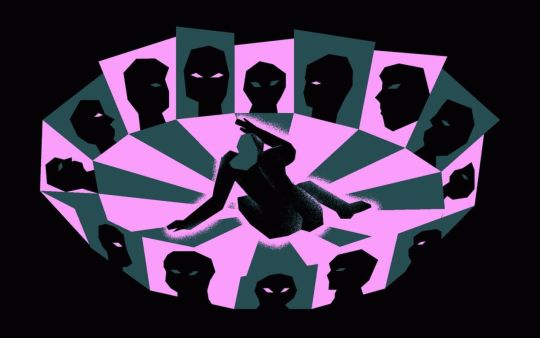
Furthermore, in 2017, Facebook documents were revealed, presenting an inconsistency in their guidelines. Phrases such as “someone shoot Trump” by users was deemed inappropriate due to his presidential status, yet statements like “to snap a bitch’s neck, make sure to apply all your pressure to the middle of her throat”, was acceptable as is was apparently not a “credible threat” (Duguay & Burgess & Suzor 2020, p.5). This presenting how social media governance is often ineffective and harmful for users.
References
Duguay, S & Burgess J & Suzor N 2020, Queer women’s experiences of patchwork platform governance on Tinder, Instagram, and Vine, Convergence, vol. 26, no 2, pp. 237-252.
Gleeson, J, 2018, 'What does Gaslighting Mean?' The Conversation, https://theconversation.com/explainer-what-does-gaslighting-mean-107888
Marwick, A & Caplan, R 2018, 'Drinking male tears: language, the manosphere, and networked harassment' Feminist Media Studies, vol.18, no. 4, pp. 543-559
#mda20009#online harassment#social media governance#gaslight gatekeep girlboss#facebook#instagram#community guidelines
0 notes
Text
Slow fashion & social media
Week 6
The clothing industry is one of the most harmful production systems in the world, being the second biggest polluter on the planet next to oil and contributing to 10% of the world’s carbon emissions. Through fast fashion’s high levels of pollution, great use of raw materials and large amounts of waste, this has resulted in a detrimental carbon footprint on the planet (Brewer 2019, p. 3). Many of these issues can be equated to the high demand of clothing by consumers and brands, in order for them to uphold the current and ever-changing trends.
On the other hand, slow fashion is a sustainable strategy aimed at fixing these issues by encouraging individuals to “focus on quality rather than quantity” (Lai & Henninger & Alevizou 2017, p. 82), to reduce mass production and its hazardous effects on people and the world. For this to be successful, there needs to be more awareness on these issues, as most consumers who possess a better knowledge of the environment tend to have a more positive outlook and attitude towards purchasing slow fashion (Chi & Gerard & Yu & Wang 2021, p. 104). For instance, with social media’s growing presence, influencers can therefore play a positive part in educating users about slow fashion.
Marina Testino is a sustainable fashion social media influencer, who expresses her activism through informational posts and hashtag campaigns. One of her projects is #WeSeaThrough, which focuses on raising awareness about the harmful materials within swimwear and clothing and their effects on the environment. Marina used this hashtag alongside images of herself nude on a beach, proving how nudity is the most sustainable thing to wear and further draws in audiences towards her informative captions. This included information about non- bio-degradable materials like polyester and nylon, that can take up to 200 years to decompose (Brewer 2019, p.2). In addition, these cheap synthetic items shed microplastics and toxic dyes, during production, washing and while being worn, which contaminates water and its wildlife.

Moreover, 100 billion garments are produced annually and 33% of these go to waste in landfill within one year of purchasing. Shein is one brand that contributes to this, as they mass produce lower quality clothing that is likely to be thrown away soon after use. Many online users are informed on this issue and other problems with this store, which has proceeded to a TikTok movement towards boycotting Shein by criticising influencers who post Shein hauls e.g., (https://www.tiktok.com/@little.daphnee/video/7041618875196165381?is_from_webapp=1&sender_device=pc). Thus, there has also been an alternative shift towards thrifting vlogs and hauls.

With this being said, slow fashion is not necessarily accessible and attainable for all people. Since sustainable clothing resists cheaper materials and instead relies on higher quality fabrics, this usually equates to higher prices. Even thrifted items off sites like Depop, in many cases are sold second hand for more than its original price or worth. Many stores currently are not fully sustainable and those that are, lack productive marketing that appeals to the general public.
References
Brewer, M 2019, ‘Slow Fashion in a Fast Fashion World: Promoting Sustainability and Responsibility’, Laws, vol. 8, no.4, pp. 1-9.
Chi, T & Gerard, J & Yu, Y & Wang, Y 2021, 'A study of U.S. consumers’ intention to purchase slow fashion apparel: understanding the key determinants' Download A study of U.S. consumers’ intention to purchase slow fashion apparel: understanding the key determinants', International Journal of Fashion Design, Technology and Education, vol. 14, no. 1, pp. 101-112.
Lai, Z & Henninger, C & Alevizou, P 2017, ‘An Exploration of Consumers’ Perceptions Towards Sustainable Fashion – A Qualitative Study in the UK’, Sustainability in Fashion A Cradle to Upcycle Approach, pp. 81-99.
0 notes
Text
Digital citizenship and Political engagement - Trump Twitter
Week 5
Digital citizenship refers to the ideas surrounding the people who consume and use digital platforms in effective and safe ways. One element of digital citizenship is political engagement, which includes the ways online spaces, particularly social media platforms have allowed personalised politics and different ways to interact with your political views, unlike previous allegiances to formal groups. For example, people now engage in online petitioning, donating money and boycotting consumer goods, that align with their individual political stances (Vromen 2017, p. 3).
Donald Trump’s social media use, especially on twitter, is one example of the changing political engagement within the developments of web 2.0. Unlike the professionalism usually upheld by formal campaigning, that uses more traditional modes of media such as billboards, he followed an unconventional marketing style, relying greatly on Twitter. Compared to Barack Obama and Hillary Clinton’s social media use, who rarely tweeted themselves, Trump’s personalised tweets established a greater appearance of authenticity to users. Furthermore, strengthening his perception as a newcomer to politics, who is less “calculated” compared to other representatives. (Enli 2017, pp. 57 - 58).

Alongside many of these tweets, Trump transferred his slogan ‘Make America Great Again’, into these digital political spaces as a central part of his campaign. He turned the saying into the hashtag, #MAGA, which was used on twitter as way to promote his elective position and express his general political views. It was also a way for his followers, as digital citizens, to interact with this type of political news, communicate their thoughts, support and debates. This hashtag presents the ways in allowed for “an online, conversational space that [..] links to online hate groups”, as well as forming general hate speech content (Eddington 2018, p. 2). For example, this hate speech content was prevalent in a Twitter video of a pro-trump rally posted by a Trump supporter. This video contained abusive behaviours and swearing by supporters to opponents, and an individual yelling “white power”. This was later retweeted by Trump, encouraging further online discrimination and much debate against it.
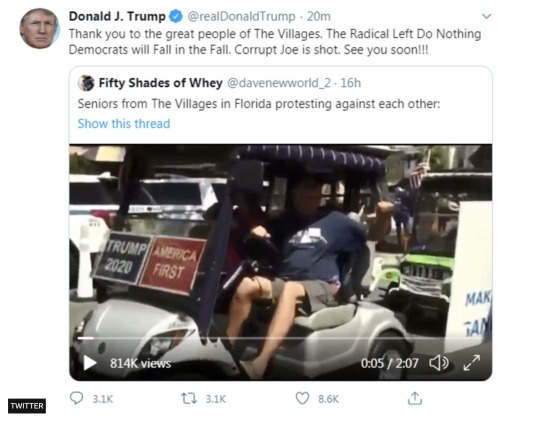
Overall, emphasising how modernised mediums create new types of engagement to politics, by political leaders and people today.
References
Eddington, S 2018, ‘The Communicative Constitution of Hate Organizations Online: A Semantic Network Analysis of Make America Great Again’, Social Media + Society pp. 1-12
Enli, G 2017, 'Twitter as an arena for the authentic outsider: Exploring the social media campaigns of Trump and Clinton in the 2016 presidential election Download Twitter as an arena for the authentic outsider: Exploring the social media campaigns of Trump and Clinton in the 2016 presidential election', European Journal of Communication, vol 32, no 1 pp 50-61
Vromen, A 2017, ‘Digital Citizenship and Political Engagement’ The Challenge from Online Campaigning and Advocacy Organisations, pp. 1-7
0 notes
Text
Reality TV, Online communities & Political discussion
Week 4
The Reality TV genre has led to numerous forms of public discussion. Many viewers of this genre use online platforms to discuss the events and issues that have occurred within and around these programs. From topics on body image, as well as politics and the government, which has become crucial to the public sphere (Graham 2011, p.19).
Produce 101 was a South Korean reality TV survival show, which incorporated 101 contestants of the same gender, competing through singing and dancing performances to become one of the final 11 winners that would be a part of a K-pop band. Many viewers connected online through sharing opinions, love for members and general discussion on issues. The show relied heavily on audience members for decision making, with the name of the show itself being called ‘produce’ as viewers were the producers, which became the main appeal of the program. This included forming the members to be included in the winning group through the fan voting system. Audience members were encouraged to vote on the show's website, Mnet, to select 11 contestants each week to stay on the show. Through choosing who remained on the show this “empower[ed] viewers to shape outcomes” similar to other reality tv programs such as Big Brother (L’hoiry 2019, p.2)
As well as this, the website allowed viewers to come up with their own group name ideas alongside a description of its meaning and select songs for contestants to perform to (Sim 2019). From this, many political issues arose from the show causing online debate. One example was the skepticism of the results of fourth season’s final lineup. With many online users, particularly Korean fans questioning Mnet’s results stating, “Wow... Did Mnet rig the results again?” and “Are they crazy thinking we wouldn’t notice?” (Allkpop 2019). There were also numerous discussion threads allowing viewers to express their skepticism. For example, on websites such as Quora, https://www.quora.com/Do-you-think-Produce-X-101-was-rigged-and-why., this included the general opinion that the show was rigged. These online theories of vote manipulation led to a real-life police investigation in 2019, discovering that the producers had already decided the final lineup before the final performances were recorded.

Furthermore, these conversations were prevalent within YouTube’s large K-pop community. For instance, the channel ‘DKDKTV’ who are two K-pop fans, share both news and opinions within this music genre. In their video ‘Are audition programs RIGGED?..’https://www.youtube.com/watch?v=Jtp68AglKgA&t=640s, they debate with each other whether Produce 101 is fair or not. This further forming the political stance about the show’s scandal.
Aside from vote manipulation another issue that arose online was about the high ranking of “good-looking” members that were arguably not as talented as other contestants. One example was Kim Minkyu, who consistently ranked in the top 10. On reddit e.g. https://www.reddit.com/r/BroduceX101/comments/c5al8r/what_do_yall_think_about_mingyu/ a subreddit dedicated to Produce X 101, had varying opinions on Minkyu. There was a mix of those believing he should debut due to his likeable personality and looks and others stating that he was not ready and needs to improve.
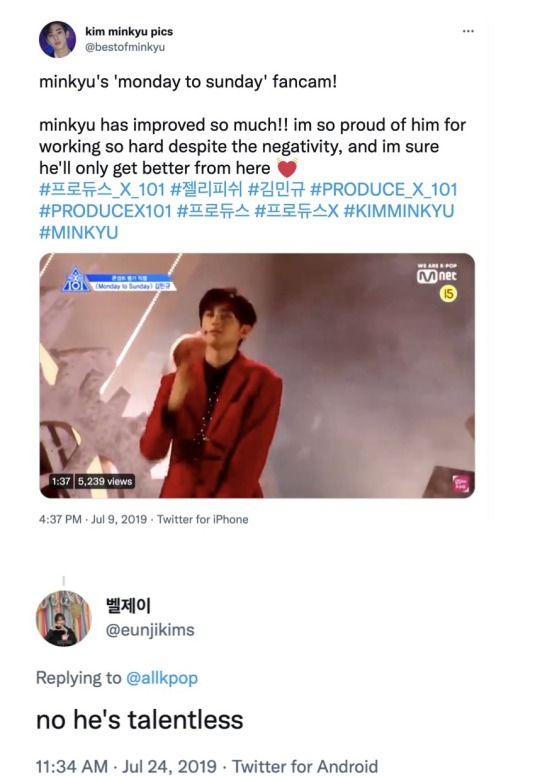
Similarly, on Twitter there were juxtaposing views. Many twitter fans defended him and claimed other fans of the show were bullying him, while others still believed he didn’t deserve the praise he was receiving. Even recently, Minkyu’s poor dancing skills have resurfaced on TikTok, with a clip of him performing on the show with sarcastic text, turning it into a meme e.g., https://www.tiktok.com/@nrynaf/video/7056599902792486170?is_from_webapp=1&sender_device=pc. This overall making fun of the injustices of his biased success.
Despite Reality TV’s poor reputation as a genre, it truly brings to light relevant issues and therefore allows valuable online debate, opinions and thoughts.

References
Allkpop 2019, Netizens claim voting results for 'Produce X 101' are rigged after seeing the numbers, viewed 24 March 2022, <https://www.allkpop.com/article/2019/07/netizens-claim-voting-results-for-produce-x-101-are-rigged-after-seeing-the-numbers>.
Graham, T & Hajru, A 2011, ‘Reality TV as a trigger of everyday political talk in the net-based public sphere’ , European Journal of Communication, vol. 26, no. 1, pp. 18–32.
L'Hoiry, X 2019, 'Love Island, social media, and sousveillance: new pathways of challenging realism in reality TV', Frontiers in Sociology, vol. 4. no. 59, pp. 1-13.
Sim, S 2019, ‘What makes Produce 101 so successful compared to other Korean survival shows?’, The Medium <https://medium.com/@ohmyshermin/what-makes-produce-101-so-successful-compared-to-other-korean-survival-shows-d00fd77e1c8>.
0 notes
Text
Social media and Tumblr as digital communities
Week 3
Social media is such a vast space, that openly allows all forms of communication by its users. This creates platforms that collectively include general thoughts and interests, powerful messages and hateful content. When a user decides to post an opinion or share certain content, there is an imagined audience that comes specifically to each medium. For Facebook, fellow users are typically family, friends and peers and thus identities are very public. Therefore, Facebook users are typically more wary of what they share, as this may result in real-life consequences.
In comparison, Tumblr is inherently “more online” through its anonymity aspects of pseudonym usernames and profile pictures that may not necessarily be of themselves. As well as unspecified date, location and time stamps on posts. This forming a public sphere that allows you to be “anonymous enough [..] to be vulnerable, [and] public enough to be seen (Ashley 2019, p.359). Consequently, people are likely to feel safer in expressing their ideas, opinions and interests more freely and find communities within these. From fandoms of Doctor Who, K-pop to Harry Potter.
As Allison McCracken sums it up, Tumblr is where you “connect over the thing you love the most”, not to connect with friends and to the news like Facebook and Twitter” (McCracken 2020, p.38).

Hashtagging is one feature on Tumblr that helps connect individuals to fan communities. Allowing users to access specific gifs, videos and paratexts like fan fiction and art. On Tumblr as well as other social media, it has also brought awareness to real life issues, especially in its role in activism. From racial matters like #Blacklivesmatter and anti-gun violence with #HandsUpDontShoot. In Keller’s case about #Croptopday, this was about how hashtags were used to combat the harsh school dress codes that sexualise and go girls across the globe (2019). This was done through posting and re-sharing images of people wearing crop tops and using the hashtag in solidarity. Overall to challenge sexist school systems and their dress codes.
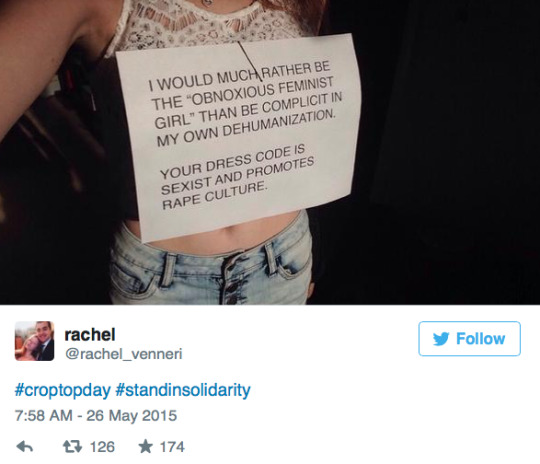
References
Keller, J 2019, ‘Oh, She’s a Tumblr Feminist”: Exploring the Platform Vernacular of Girls’ Social Media Feminisms’, Social Media + Society, vol. 5, no. 3, pp. 1-11.
McCracken, A 2020, tumblr book: platform and cultures; Going Down the Rabbit Hole: An Interview with Amanda Brennan, Head of Content Insights and Social, Tumblr, University of Michigan Press eBook Collection
Vex, A 2019, Tumblr porn eulogy , Porn Studies, vol. 6, no. 3, pp. 359-362
1 note
·
View note
